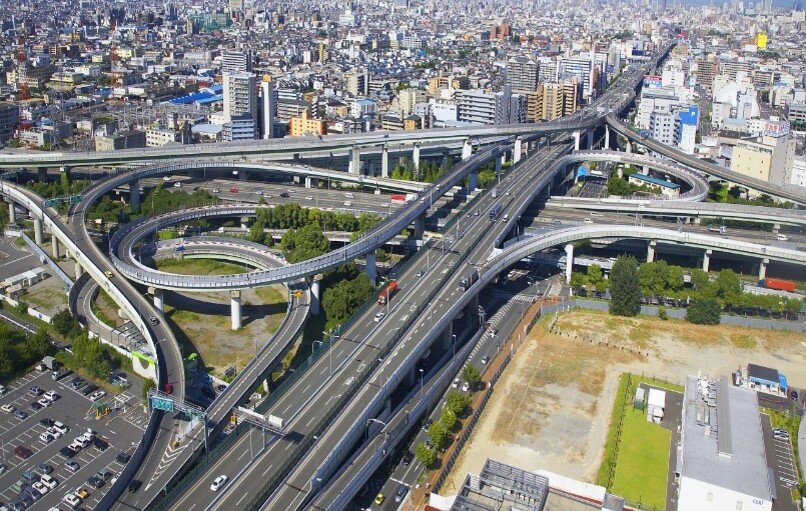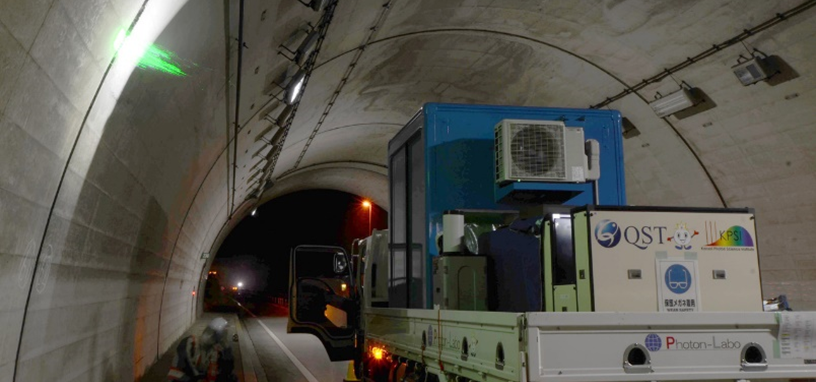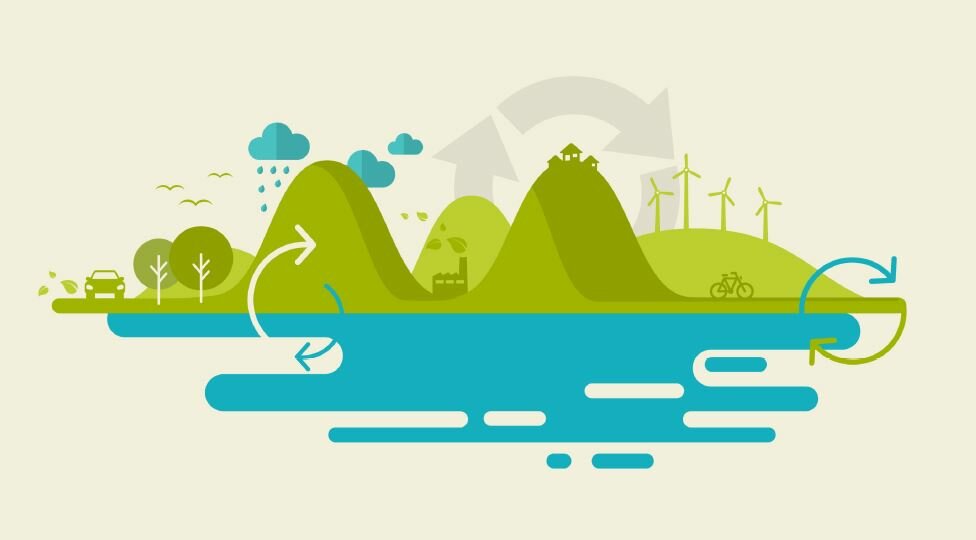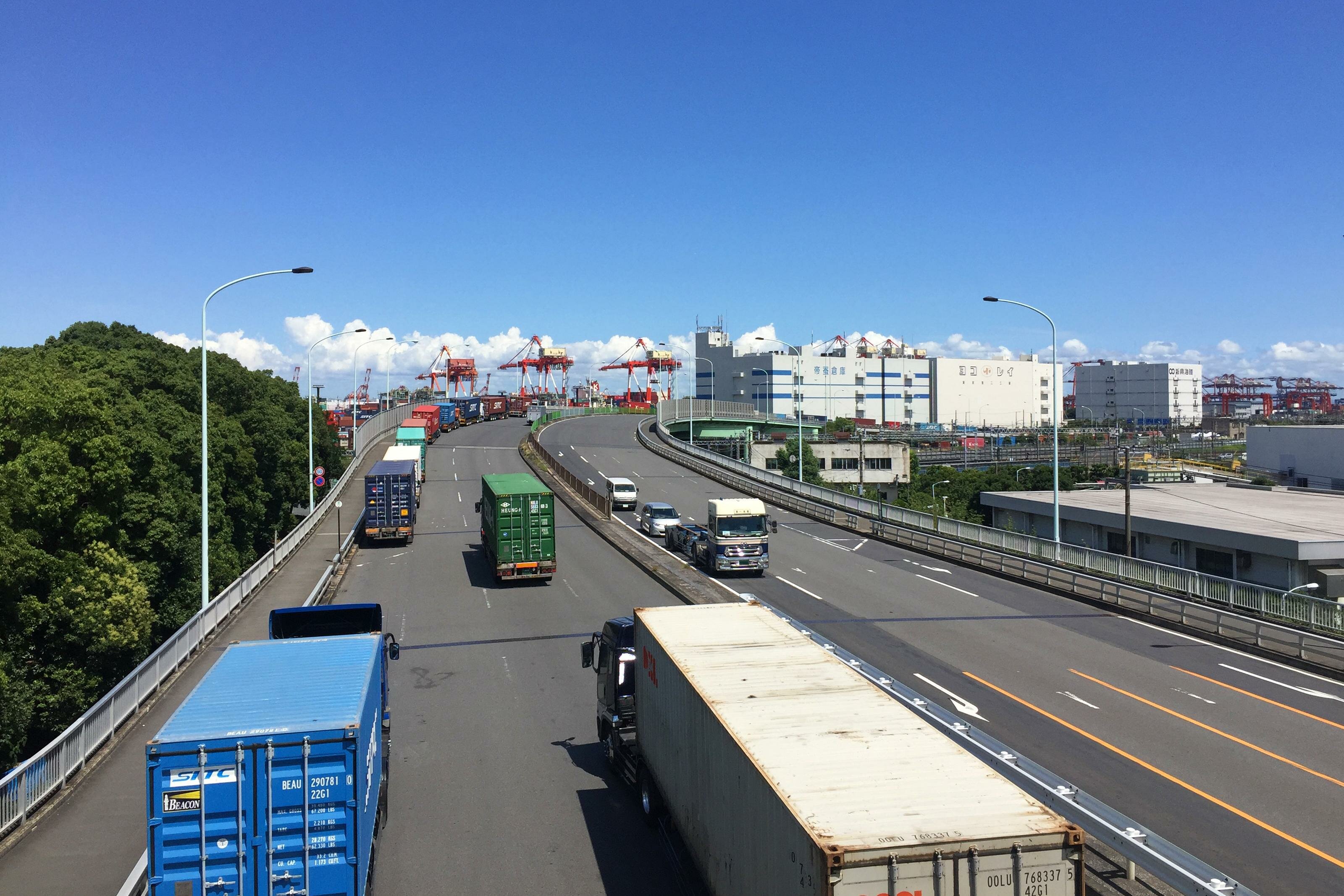- TOP
- RESEARCH AND DEVELOPMENT
- AI Technology Research for Environment and Social Infrastructure Management
RESEARCH AND DEVELOPMENT
AI Technology Research for Environment and Social Infrastructure Management
Detecting troublesome and illegal activities in public spaces
Public spaces such as rivers and parks are precious open spots where visitors can bask in rich natural surroundings and enjoy cultural landscapes. These familiar spots, however, are frequently locations for troublesome and illegal activities such as illegal dumping as well as illegal and thoughtless parking, leading to an increased workload for administrators who strive to improve and call attention to the situation.
A solution to this problem is the development of AI-driven technology that can detect troublesome and illegal activities for sophisticated, labor-saving public space management. A demonstration experiment of a monitoring system equipped with this technology at riverside spaces showed that it could detect virtually all troublesome and illegal activities, suggesting that AI could be useful for sophisticated, labor-saving river management across the nation.

Detecting natural and artificial anomalous phenomena
In recent years flooding due to torrential rains has grown more severe and frequent, and water pollution due to chemical substances released from factories continues to occur. Infrastructure and facilities administrators monitor the situation using cameras, IoT sensors etc., to prevent such problems, however, continuous monitoring including on holidays and at night is necessary, which presents challenges such as allocation of personnel and appropriate monitoring methods.
This research focuses on the development of AI-driven anomalous phenomena detection technology for streamlining infrastructure monitoring and facilities management. AI can detect anomalous phenomena such as river flooding, volcanic eruptions, and water pollution from images on CCTV cameras at offices and images on the web, etc., and then alert administrators. This system is expected to streamline infrastructure and facilities administrator monitoring tasks, contributing to labor saving.

Utilization of the metaverse
The metaverse, a virtual space through which visitors can move freely, is starting to be used not for video games or animation, but in business. In construction and civil engineering projects it is expected to serve as a consensus building tool that allows residents to experience and view buildings and other public facilities before they are constructed by building completed versions in the metaverse.
In addition to the above tools, this research also focuses on developing technology for visualizing damage to river embankments and bridges in the metaverse. The technology converts aerial shots of river embankments and survey results to 3D point cloud data to automatically detect deformations by picking up terrain unevenness from its placement, then displaying it in the metaverse. Because it can automate inspection tasks that previously required a person to visually survey areas while walking, it is expected to prevent missed areas and contribute to sophistication of the maintenance field.





